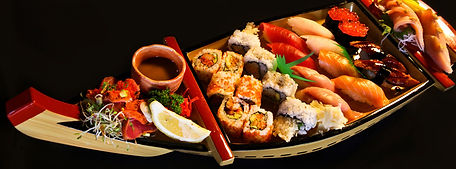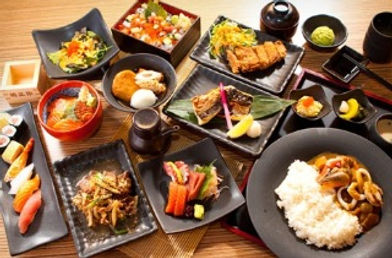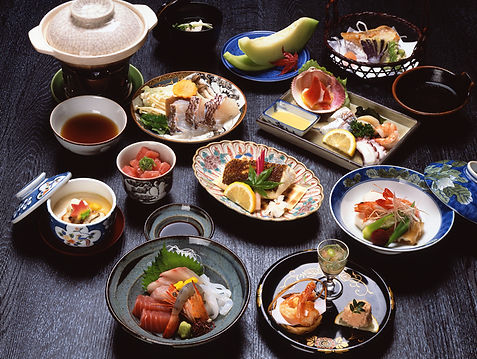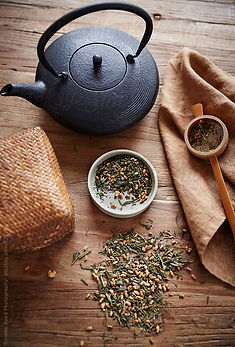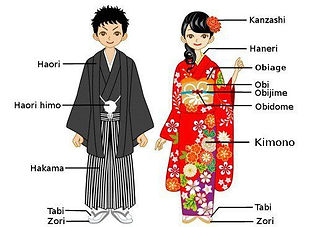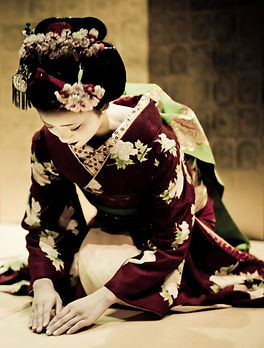

JAPAN
Jiu-Jitsu
Japanese Culture
A strict code of behavior and politeness is recognized and followed by almost everyone. However, Japanese people do not expect visitors to be familiar with all their customs but do expect them to behave formally and politely.
"Japanese is the official language. Some English is spoken in Tokyo and other large cities but is less usual in rural areas. There are many regional dialects and there are distinct differences in the intonation and pronunciation between eastern and western Japan."
"When entering a Japanese home or restaurant, shoes must be removed. Bowing is the customary greeting but handshaking is becoming more common for business meetings with Westerners. The honorific suffix san should be used when addressing all men and women; for instance Mr Yamada would be addressed as Yamada-san. "
"Table manners are very important, although the Japanese host will be very tolerant towards a visitor. However, it is best if visitors familiarize themselves with basic table etiquette and use chopsticks. Exchange of gifts is also a common business practice and may take the form of souvenir items such as company pens, ties or high-quality spirits."
Religion:
"Shintoism and Buddhism (most Japanese follow both religions, although religion does not play a major everyday role in most Japanese lives). Marriages are traditionally conducted at Shinto shrines and funerals at Buddhist temples. There is a Christian minority."

FOOD AND DRINKS
"The most luxurious dining in Japan is kaiseki cuisine – a multi-course banquet that was originally intended to accompany the tea ceremony. Kaiseki cuisine is exquisitely presented, reflecting the aesthetics of the seasons and traditional ceramics. A typical banquet will begin with light appetizers and soups before progressing to various steamed, grilled and fried dishes, and ending with a simple rice dish."
"A variety of international restaurants are also available, catering for every taste and budget, from French and Italian to Chinese, Indian and Thai. Western dishes in expensive places are usually excellent, but cheaper diner-style restaurants may disappoint. "
• Teriyaki (marinated beef/chicken/fish seared on a hot plate).
• Tempura (seafood and vegetables deep-fried in a light batter).
• Sushi (slices of raw fish and seafood placed on light and vinegary rice balls).
• Sashimi (slices of raw fish and seafood dipped in soy sauce).
• Ramen, soba and udon (varieties of noodles, which can be served hot or cold, in soups or with dipping sauces).
• Kushikatsu (crumbed fish, meat and vegetables deep-fried on skewers)
•Yakitori (skewers of grilled chicken)
• Okonomiyaki (grilled savoury pancake made with shredded cabbage, seafood, pork and noodles)
• Champuru (Okinawan style stir-fry usually cooked with goya bitter melon)
• Obanzai (Kyoto home-style cooking based on vegetables, tofu and fish)
• Shojin-ryori (traditional Buddhist cuisine using vegetables, tofu and rice with very light flavouring)
"Japanese cuisine involves fresh, delicate flavors based on seasonal ingredients. Rice, miso (fermented soy bean) soup, tofu (soy bean curd), pickled vegetables and fish are the traditional staples of daily Japanese cuisine. Traditionally, meat was not eaten because of Buddhist beliefs. However, beef, chicken are now also staple ingredients. Fresh seafood is highly valued and Japanese will travel far to eat crab in winter, for example, and unagi (eel) in summer. The variety of ingredients, the intensive preparation methods, and the meticulous presentation found in Japanese cuisine is highly impressive."
"Sushi, pieces of raw fish on vinegared rice, has become synonymous with Japanese cuisine. The easiest place to try sushi is at a kaiten-zushi restaurant, where many varieties pass on a conveyor belt and diners can pick up what they fancy without any language difficulties, and at reasonable prices."
Japan's Drinking age is 20 years old.
"Tipping: Tips are never expected. In some upmarket places, a 10 to 15% service charge will be added to the bill. In some bars, there may be a table or "charm" charge too, which can be quite steep; it's best to enquire in advance if you're in any doubt."
"While sake (rice wine) is still regularly served, beer is by far the most popular alcoholic beverage.
Regional drinks:
• Green tea is extremely popular. The quality of the tea varies greatly from houjicha (a common brown-coloured tea) and sencha (standard green tea), to genmaicha (green tea roasted with brown rice) and matcha (a bitter green tea used in tea ceremonies).
• Sake (rice wine served hot or cold).
• Shochu (strong vodka-like spirit usually mixed with soft drinks to make cocktails).
• Popular brands of beer are Asahi, Kirin, Sapporo and Suntory."
